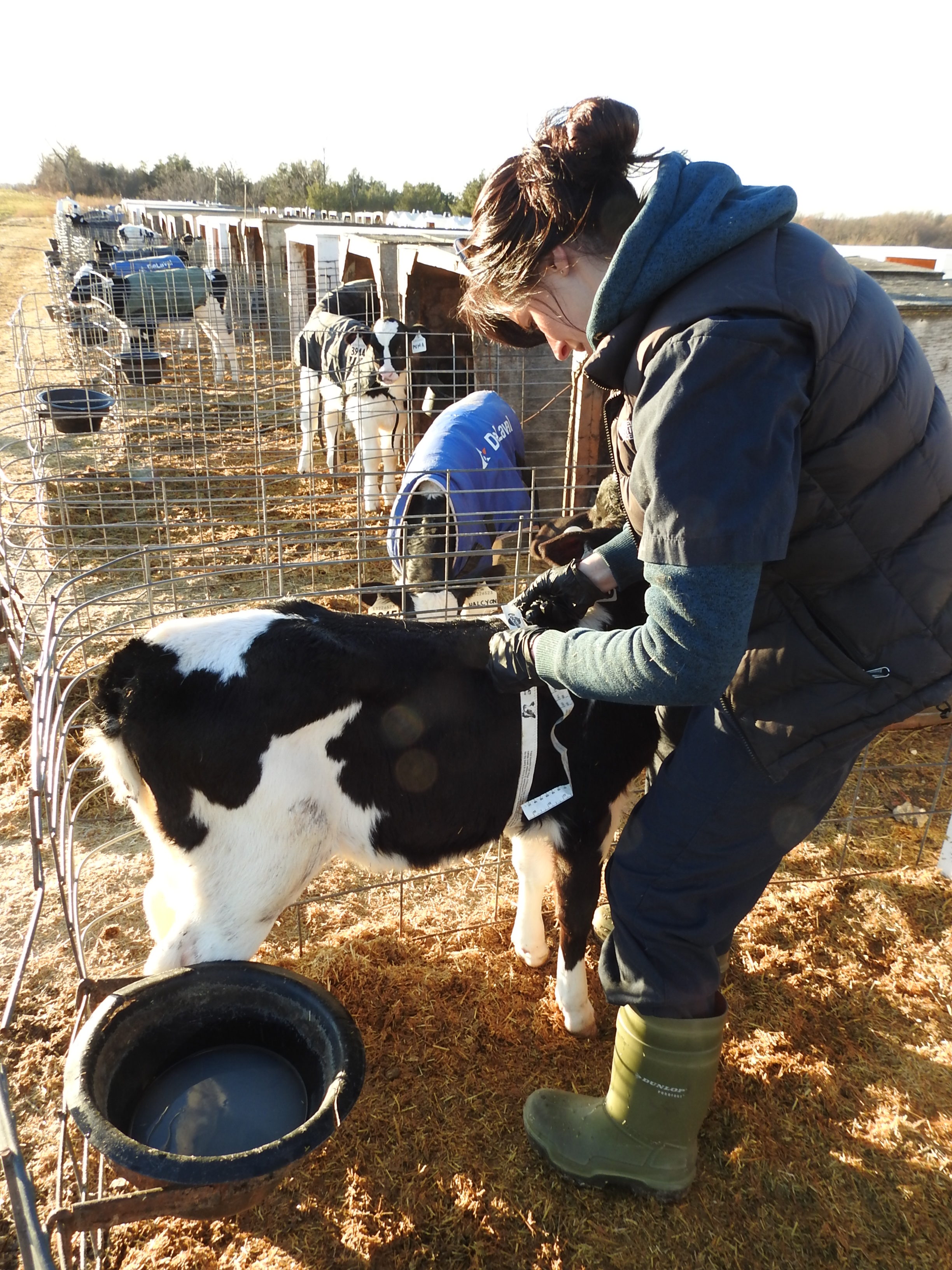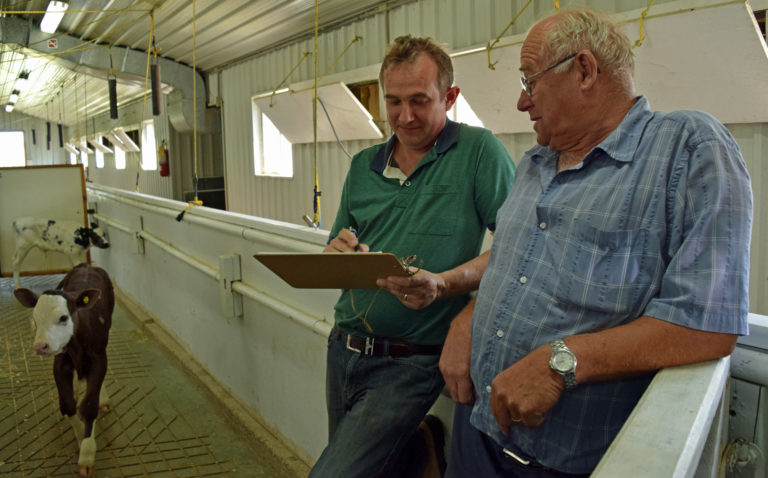Section 1 | Selecting the Right Calf
Page 04 /
Body Weight at Arrival
Many research studies conducted in Ontario have shown that the weight of calves coming into veal facilities can predict the likelihood that they will develop disease. This factor alone can have a significant impact on profitability; it not only affects the risk of getting disease, but also the growth of calves as well.

Source: ACER Consulting Ltd.
The heavier the calf is upon arrival, the lower the risk of sickness or death, and the higher the level of growth
Heavier calves are better equipped to handle the stress of transportation, and the challenges to their immune system that occur when animals are mixed from different sources. In some cases, heavier animals may be slightly older, and will therefore have a more developed immune system.
In contrast, the lighter the calf, the higher risk of disease and death, and the lower the growth rate
Why Does Body Weight Reduce the Risk of Sickness and Improve Growth?
It is not specifically understood why, however, it could be due to 3 reasons:
Age at transport
- Older calves may respond better to stress and have a more developed immune system to combat disease
Nutrition provided at the source dairy farm
- Calves that receive high quality nutrition when at the source dairy farm will have more energy reserves to fight disease
Previous disease that occured at the source dairy farm
- Calves with previous disease will have reduced growth and depleted energy reserves making them more susceptible to developing disease

Source: Veal Farmers of Ontario
How Do I Select Calves with the Appropriate Body Weight?
Most sales barns can provide the weight of a calf at the time of sale. Some research has shown that purchasing a calf that is >46 kg leads to a reduced risk of future disease development. In fact, this study showed that producers would pay 1.7 times more for a calf that weighed 46 kg compared with a calf that was <40 kg.
The challenge, however, is that for some locations where calves are purchased, there is no scale or way to measure body weight.
So, it is important to consider the size of the calf and also their body condition:
- Do they have muscle development over their pin bones?
- Are their ribs very prominent?
Calves with greater stature and higher body condition score will be heavier. These calves will be better equipped to handle the rigors of transportation and arrival at a new facility.